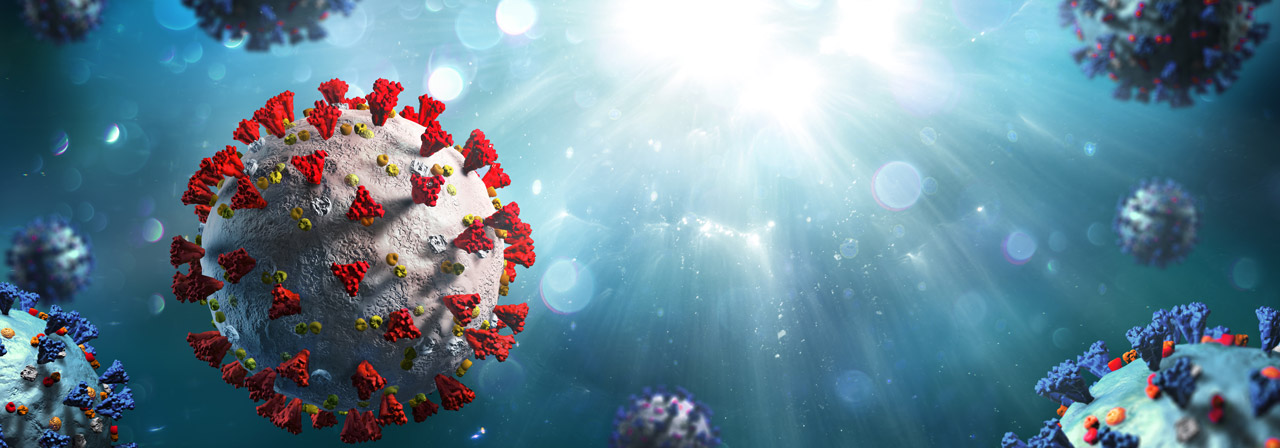
It has been more than 100 years since Dr. William B. Coley, known today as the “Father of Immunotherapy,” made the first recorded attempt to mobilize the immune system as a means of treating cancer (9). Decades later, the discovery of T cells and the vital role they play in the immune system set the groundwork for many new immunotherapy treatments, such as those involving monoclonal antibodies, cytokines, CAR T cells, and checkpoint inhibitors.
Continue reading “Cancer Preventing Vaccines: Unleashing the Potential of Tumor Antigens”


